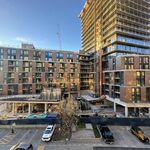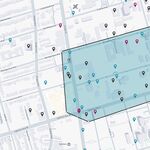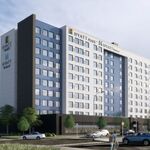[...]
Victoria's public transport system was reorganised in 1983 and saw the Melbourne & Metropolitan Tramways Board dissolved into the
Metropolitan Transit Authority, which was in turn absorbed by the
Public Transport Corporation in 1989. The network has been operated under contract since the commencement of franchising, following the privatisation of the Public Transport Corporation in 1999. The current private operator contracted to run Melbourne's tram system is
Keolis Downer, trading as
Yarra Trams.
Ticketing, public information and patronage promotion are undertaken by Victoria's public transport body,
Public Transport Victoria. The multi-modal integrated ticketing system,
myki, currently operates across the tram network. At some Melbourne intersections, motor vehicles are required to perform a
hook turn, a manoeuvre designed to give trams priority.
[6] To further improve tram speeds on congested Melbourne streets, trams also have priority in road usage, with specially fitted
traffic lights and exclusive lanes being provided either at all times or in peak times, as well as other measures.
[7][8] Since January 2015 trams inside the central business district have been free.
[9] [...]




